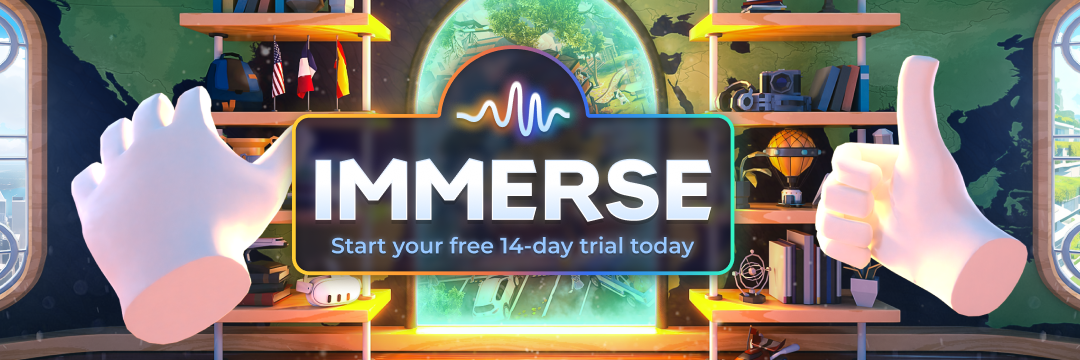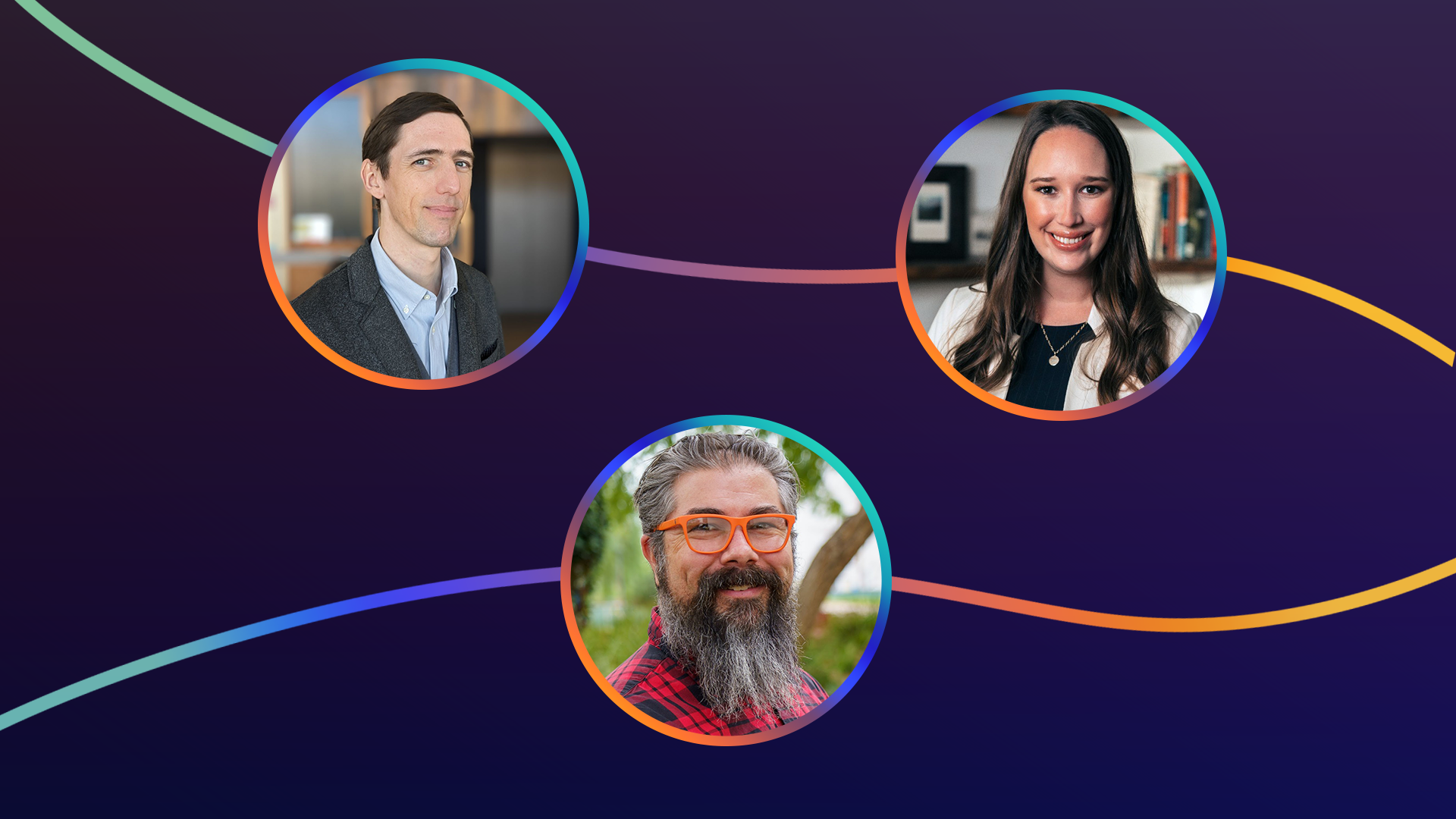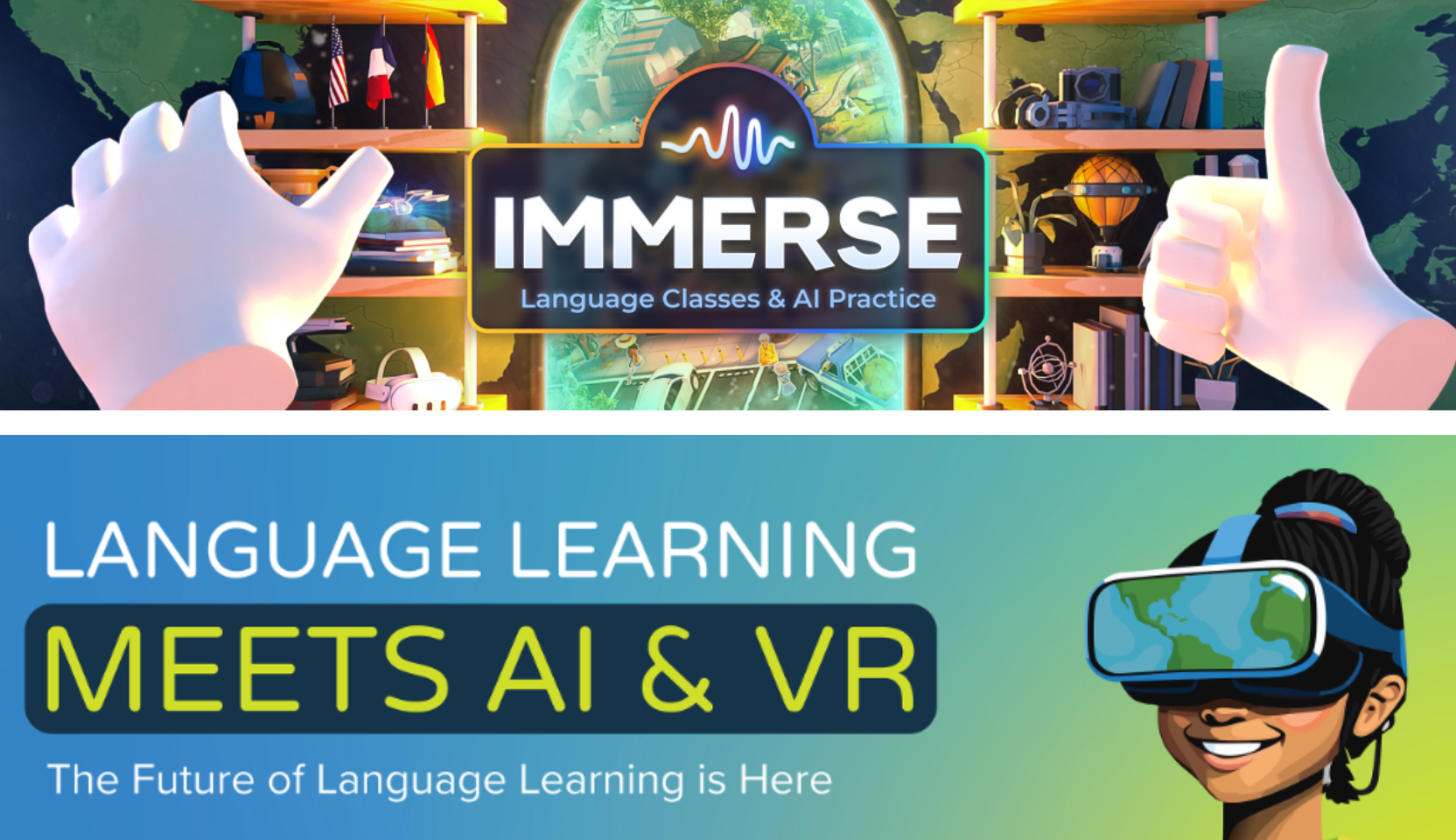Last Updated: December 5, 2023
Immerse insights:
- You don’t need to pay for a standardized proficiency test to find out what language level you’re at - you can assess yourself using Can-Do Statements
- Can-Do Statements help you identify what tasks, such as ordering in a restaurant, you’re able to accomplish in a language you’re learning
- Can-Do Statements also help you figure out what skills you should focus on next to reach your language learning goals
Did you know that one of the best ways to find out your level in a foreign language and set targets for your learning is to assess your own language abilities? Even if you're not a language teacher, you do know what you’re able to do in the language.
Research has shown language learners can accurately judge their own language proficiency and track their progress using statements that describe what they “can do” with the language. For example, if you can describe your job and give simple directions to a nearby restaurant but you can’t really explain why you enjoyed a favorite book, your CEFR speaking level is likely A2.
How Can-Do Statements help you
Here are three questions Can-Do Statements help you answer for yourself:
1. What is my language level?
Your language level is determined by the types of tasks you can use the language for. Proficiency scales like the CEFR and ACTFL are constructed around language tasks - the higher the level, the more complex or abstract the tasks.
Can you introduce yourself? Can you order food in a restaurant? Can you defend your personal views on climate change policies? It's possible to figure out your level in Spanish (or any other language) by comparing your answers to questions like these with the level descriptions in a proficiency scale.
Keep in mind that you don’t need to be able to say “yes” to every question to meet the requirements for a particular proficiency level. If you can answer “yes” to about 80% of the questions, you can safely assume that’s your level.

2. What language skills should I focus on learning now?
When you just start out learning a language, you don’t expect to understand a political speech or read a great work of literature right away. You know you need to learn the basics first, like introducing yourself and ordering food in a restaurant.
Once you reach an intermediate level, though, you may not be sure what to concentrate on learning. Can-Do Statements help you identify the skills that you’re ready for next. Consult the level descriptions in a proficiency scale to see what you still need to work on.
3. How much progress am I making?
Language learners who make a habit of regularly checking in on their learning with Can-Do Statements are able to see their progress unfold and watch as they progress through proficiency levels. (If you’re using Immerse to learn Spanish, French, or English, you can watch it quite literally, thanks to the Learning Journey.)
How should I use Can-Do Statements?
Take charge of your own language learning journey by:
1. Identifying the Immerse level that’s the best fit for you
Immerse offers a Language Self-Assessment Tool to figure out which Immerse classes are right for you. The test can be accessed through your Immerse Homeroom. If you need help finding the test, or if you’re curious how your Immerse level lines up with other scales like the CEFR, visit our support article My Language Level and Placement Test.

2. Setting targets for your learning
According to the American Council on Teaching Foreign Languages, helping language learners identify and set learning goals is one of the primary purposes of Can-Do Statements.

3. Checking in on your progress
We encourage you to revisit the Language Self-Assessment Tool every month or two. Sometimes progress can feel slow in the moment, but looking back you’ll be surprised just how far you’ve come!
There are lots of great tools available for learning a language these days. For learning Spanish, French, or English, check out Immerse’s award-winning live social VR app with live classes and conversation events, AI practice, and language games. You can use it through any computer browser, or access it through your Quest VR headset.


Miranda Novash


.png)



.png)





